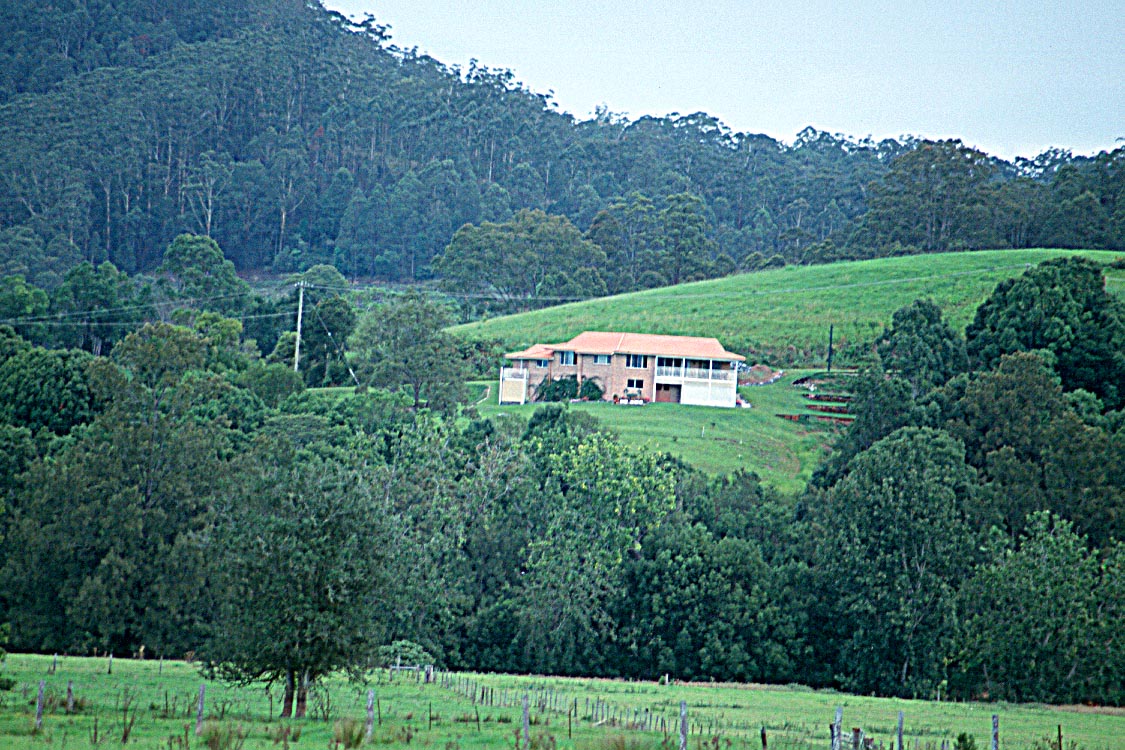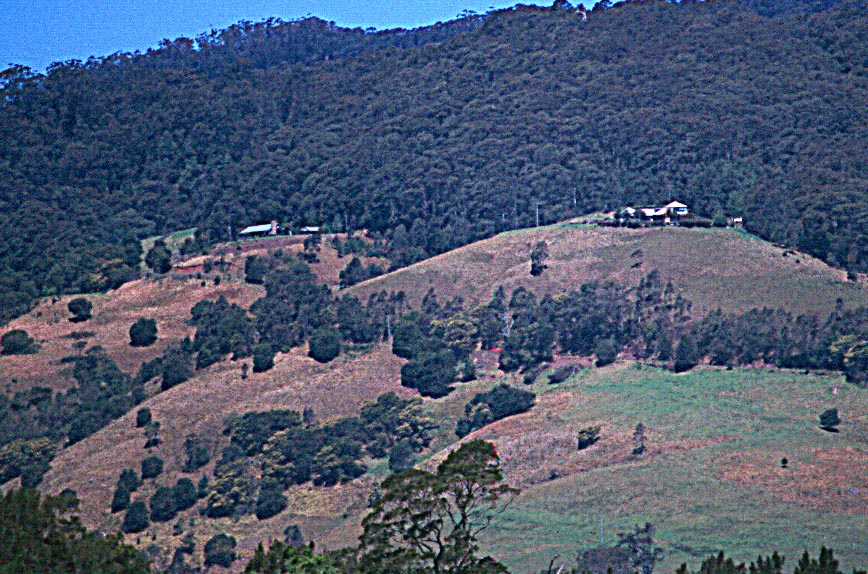

Newsletter
A View From The Edge
Issues in Rural and Metropolitan Fringe Planning
Ian Sinclair,
Principal Consultant, Edge Land Planning
Rural and Environmental Planning Consultants
As published in New Planner, The Magazine of the Planning Profession in NSW
Number 52, September 2002
What about Rural Design?
There has been a lot of emphasis lately - both in the media as well as from a policy response by Planning NSW - on the topic of urban design, but there doesn't seem to be the same amount of emphasis on what I like to call 'rural design'. The same desires to have a well designed and layed out urban environment apples equally to the rural areas.
We need to ensure that the siting, shape, height, scale and colour of the buildings blend in with the rural landscape as we do with the urban landscape. In fact, it can be said that an unsympathetic single or double storey rural dwelling can be as much of an eyesore as an eight to ten storey one in an urban context.
It is all about identifying the term 'character'. Landscape character has been described as being determined by the physical and emotional response people have to their particular surroundings. This is true for urban as well as rural design.
It is also about the relationship of the various 'elements' - height, shape, scale and colour of the buildings in relation to the landform and vegetation. We need to consider the dwellings, sheds and other buildings as well as clearing of vegetation and the location of accessways as well as the siting of the buildings in the landscape.
There is a need to ensure that a balance is achieved between the natural and built environments and that the built features - buildings, sheds and accessways do not dominate the landscape. In a rural environment of rolling hills and scattered vegetation with the odd glimpse of waterways, a white walled, two-storey box like dwelling certainly will be the dominant feature.
It seems that we all want to see the landscape dominated by the rolling hills and vegetation rather than the white boxes, but they are still being built. As I travel around the rural parts of NSW I am constantly seeing dwellings, buildings and accessways that are not in sympathy with the surrounding character of the area and in fact they are the dominant aspect of the landscape. The photos below illustrate this.


Some things that can be done to ensure that the buildings are less dominant is to prepare a set of design guidelines. These should cover the following matters:
- Single storey dwellings that are not on prominent ridgelines;
- Long and low scale rather than short and bulky;
- Colours to be of 'earthy' hues - greens and browns rather than whites and pastels;
- No gables that are painted white;
- Verandas to shade windows so that they do not reflect sunlight;
- Use vegetation as a backdrop but ensure that the building is low and of earthy colours; and
- Site the buildings near to existing stands of vegetation so that these can help to screen them.
By adopting the principles outlined above, we can achieve a landscape that is dominated by the things we like - rolling hills, vegetation and glimpses of water, rather than white painted boxes that are obtrusive on the skyline. I note that the Coastal Council has made a start on this with their Coastal Design Guidelines, but we need to address the matter in all of NSW, not just the coast.
There is a need to ensure that buildings are not the dominant feature in the landscape and that we ensure that the rural landscape character of our areas is preserved, for their beauty as well as the tourism appeal. There is a saying that is used in economic development that is very apt to this discussion - "you never get a second chance at a first impression".
Top of page...
launched March, 1999
copyright © 1999 - 2013 Edge Land Planning
All rights reserved.